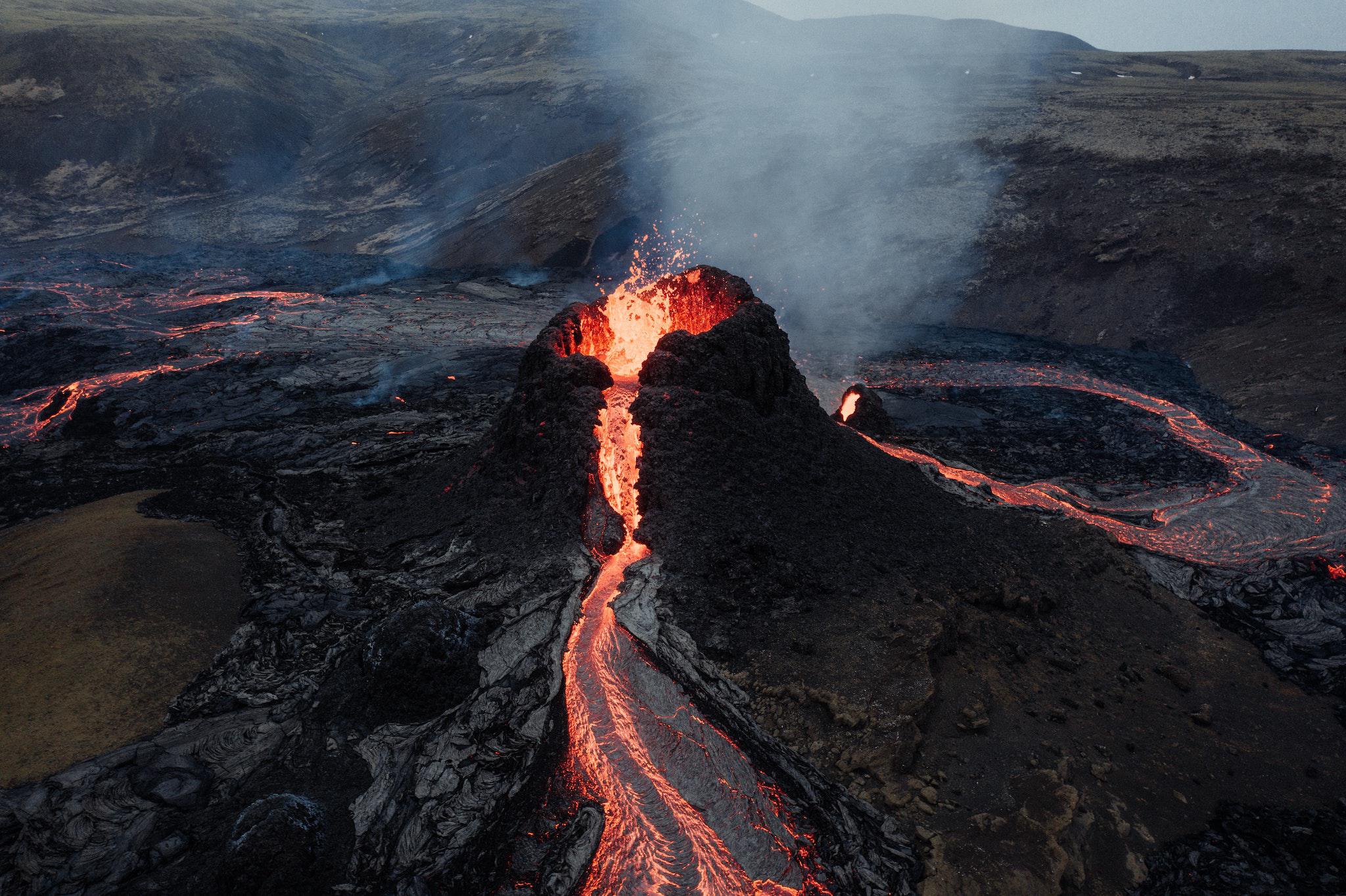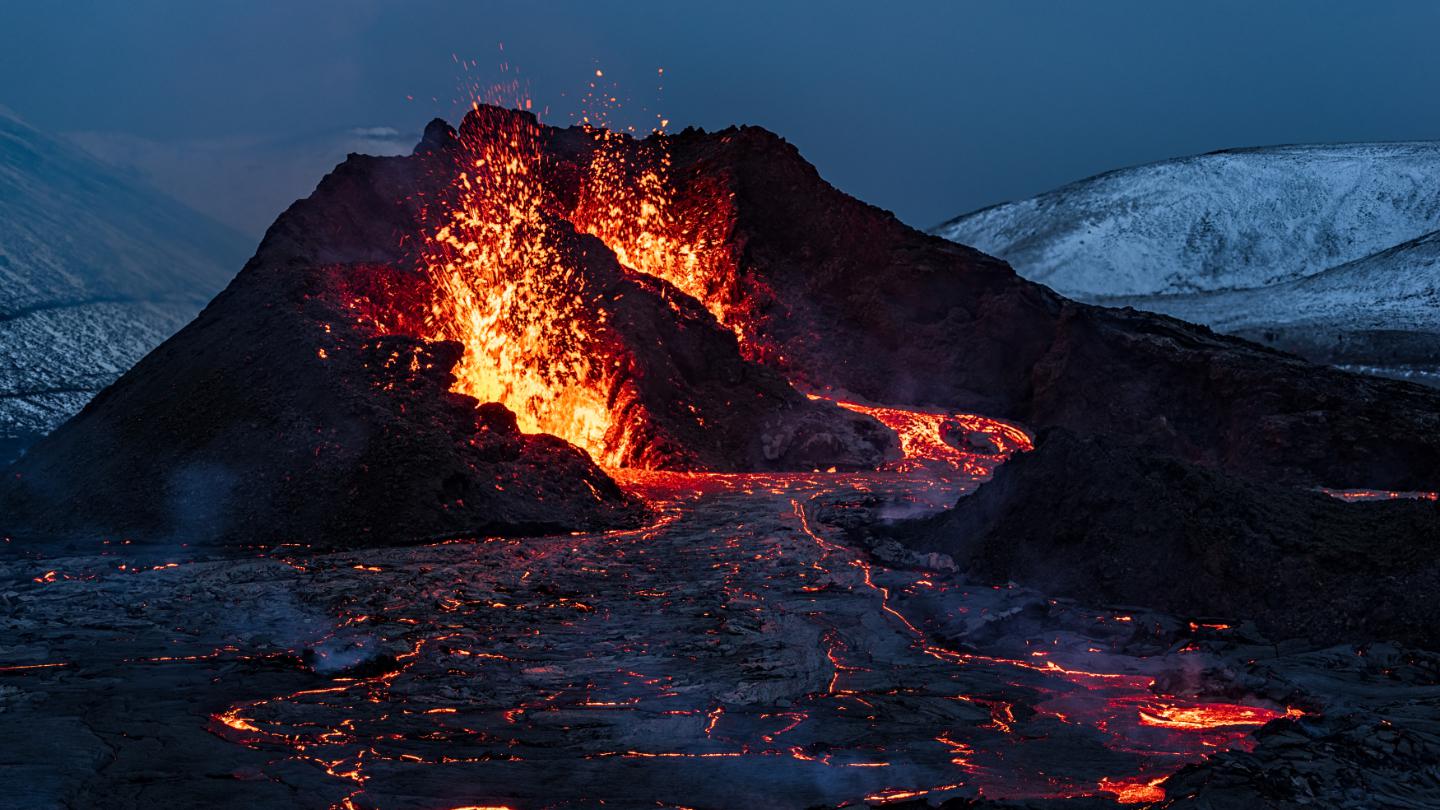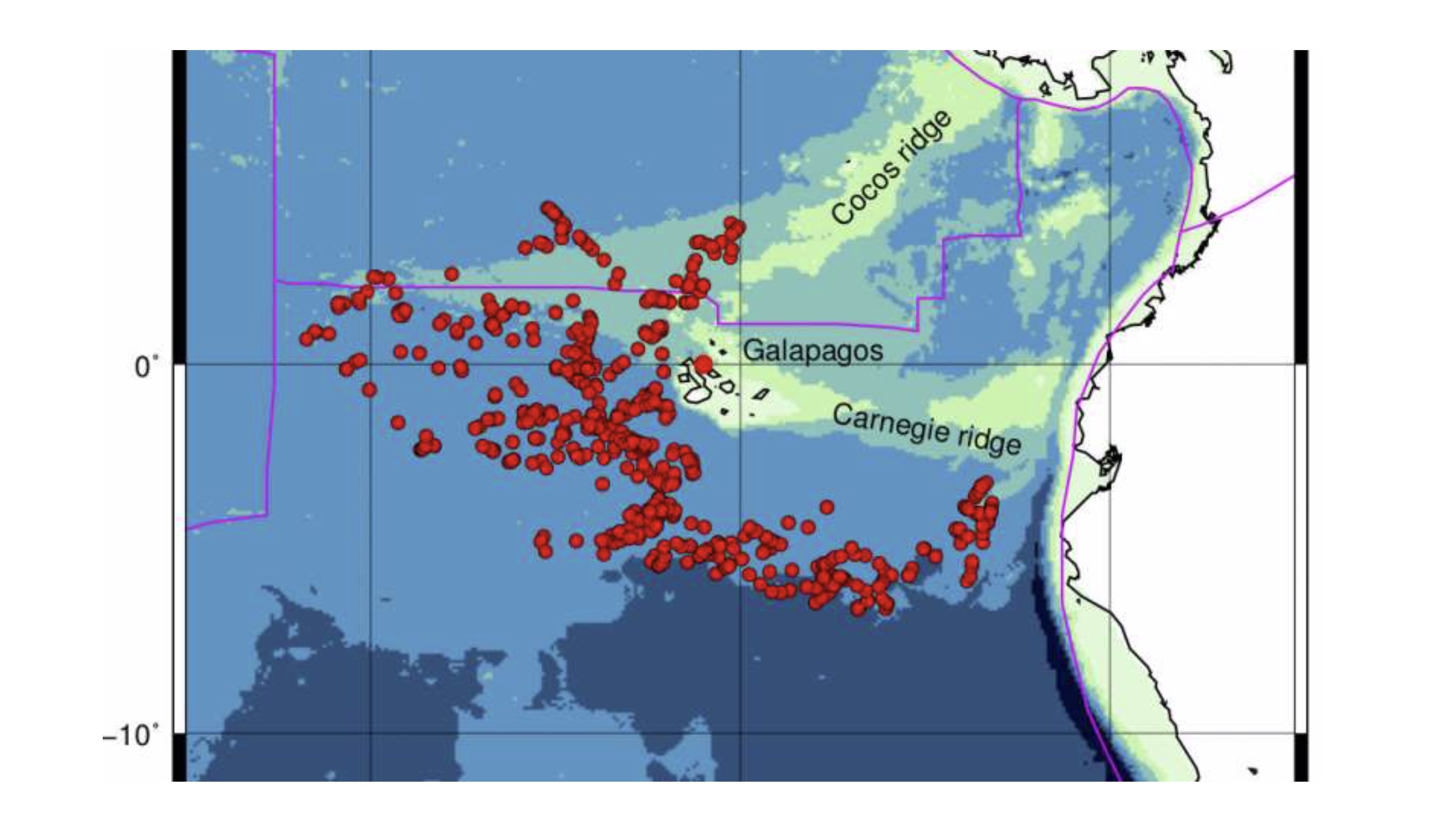Mount Vesuvius eruption boiled people’s blood, made skulls explode

Wikimedia Commons/PLOS One Journal
- The eruption occurred in the year 79 A.D.
- New research suggests the people of the town of Herculaneum were killed nearly instantly by intense heat
- According to recent findings, the victims’ blood boiled, and their soft tissues were vaporized.

Residents of Herculaneum found in a “life-like” stance, rather than curled up, indicates near-instant death.
Archaeological dig
Imagine living next to Mount Vesuvius in the 1st century, four miles away in the ancient town of Herculaneum. And imagine not knowing that the volcano was about to erupt. What archaeologists are currently trying to piece together now is what happened next.
Hint: It’s not pretty. The possible blessing for residents of the town, however, is that what happened was quick — quicker than being cremated, by far.
The seaside chambers
Vesuvius erupts about every 2000 years. When such a volcano erupts, there are at least two phases:
- The initial fallout phase, called the pumice air-fall phase, was dispersed 70 km (about 44 miles). This is what buried Pompeii.
- The “pyroclastic surges and flows” phase is next, which involves rapid, gravity-driven currents of hot gases mixed with volcanic ash, generated by the collapse of the eruptive column.
From what has been found in the archaeological exploration, the second phase is what the residents of Herculaneum found in this gathering endured, as well as the surviving residents of the initial phase in Pompeii. This particular set of 300 human remains were found in 12 seaside chambers, where undoubtedly they sought shelter after seeing the initial eruption.
However, unbeknownst to the asylum seekers, the temperatures in the ash/hot gas currents can reach from 200–300 degrees °C to a whopping 500 degrees °C. What archaeologists found upon unearthing the victims were all direct evidence that they died almost instantly, rather than over time as previously theorized.
And — here’s where it gets rather macabre — the evidence strongly indicates they died from their blood boiling, skulls fracturing (and even exploding from said blood boiling). Their bodily fluids and soft tissues, the researchers say, experienced a “rapid vaporization.”
In their words, the remains they discovered “strongly suggest a widespread pattern of heat-induced hemorrhage, intracranial pressure increase and bursting, most likely to be the cause of instant death of the inhabitants in Herculaneum.”






